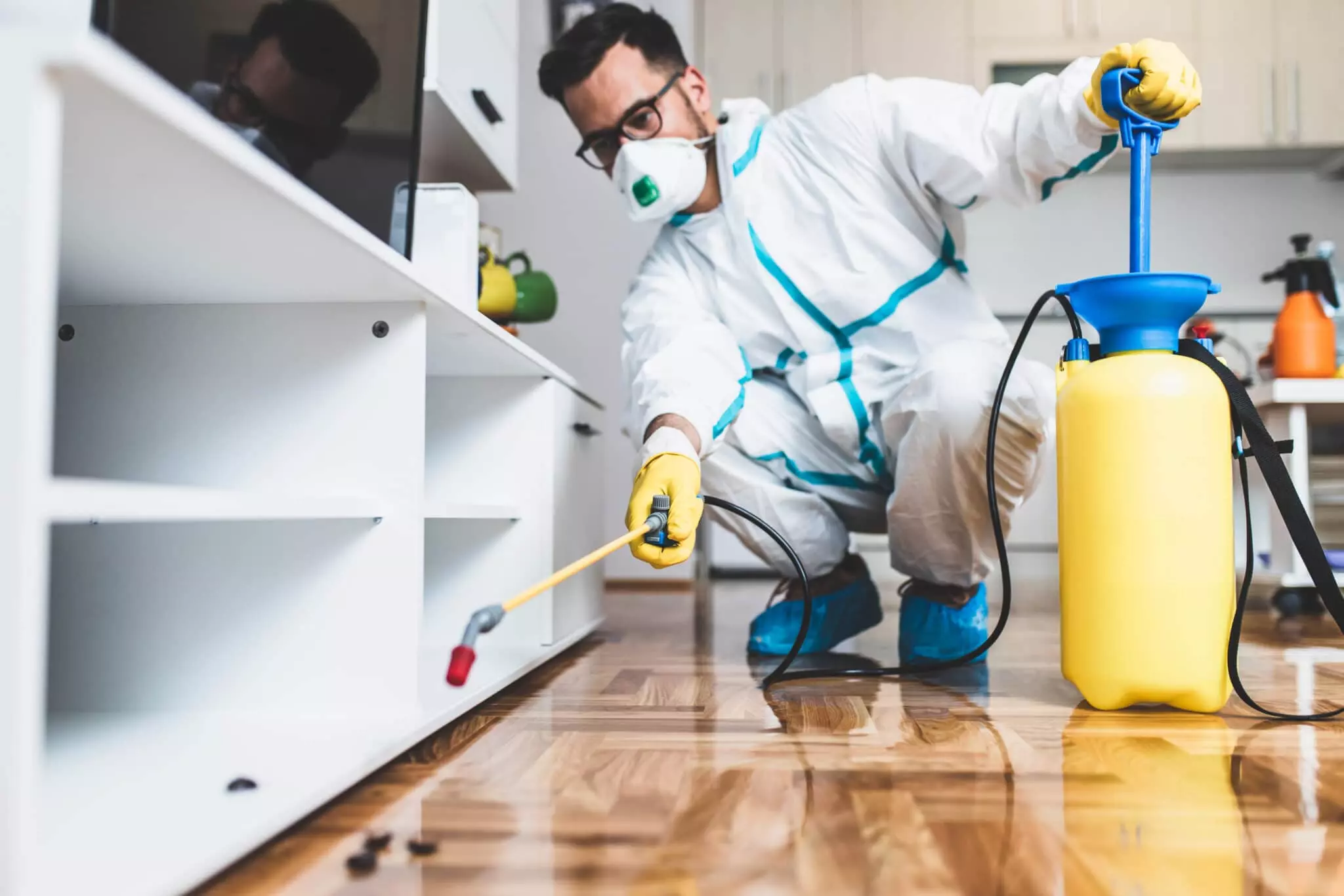Quality A1 Pest Control Services Charlotte - Protect Your Home
Quality A1 Pest Control Services Charlotte - Protect Your Home
Blog Article
Bed Bug Therapy Break Down: Comparing Chemical Vs. Non-Chemical Solutions
In the realm of parasite control, particularly when dealing with the consistent problem of bed pests, the choice between chemical and non-chemical treatment services can be an essential one. Both techniques offer distinctive benefits and downsides, influencing elements such as effectiveness, safety considerations, and overall expense. By taking a look at the nuanced information of each method, a clearer understanding of which course to go after in resolving a bed bug problem can be achieved.
Efficiency of Chemical Treatments
Chemical treatments for bed pest infestations have been commonly identified for their fast and potent efficiency in removing these bugs. When thinking about the performance of chemical treatments, it is vital to recognize that they can provide a quick and thorough remedy to a bed bug issue.
Moreover, chemical therapies have the advantage of providing residual results, indicating that they can continue to remove bed insects also after the initial application. This residual activity is particularly useful in combating any prospective re-infestations. In addition, the quick action of chemical therapies can bring relief to individuals dealing with extreme bed pest invasions, permitting them to restore control of their space swiftly.
Security Interest In Chemical Solutions
When using chemical solutions for bed bug therapy is making sure the safety and security of passengers and the environment,One critical facet that calls for careful factor to consider. While chemical treatments can be effective in eradicating bed bugs, they may pose threats otherwise managed appropriately. Among the primary safety and security interest in chemical services is the potential harm they can cause to human wellness. Exposure to certain chemicals utilized in bed bug therapies can lead to breathing issues, skin irritability, or other negative reactions, specifically in individuals with pre-existing problems or level of sensitivities. Additionally, improper application or dosage of chemical pesticides can lead to toxic residues remaining in the cured location, posturing lasting health dangers to residents.
Additionally, the ecological effect of chemical remedies is an additional considerable consideration. Some chemicals made use of in bed insect therapies might be hazardous to valuable insects, wildlife, and ecological communities if they seep into the dirt or water systems. It is vital to make use of chemical therapies carefully, following safety and security guidelines, and considering less harmful options to alleviate these risks and guarantee the secure and efficient management of bed pest problems.
Advantages of Non-Chemical Strategies
Taking into consideration the potential safety problems and environmental impact associated with chemical remedies for bed bug treatment, checking out non-chemical approaches provides an appealing choice with several distinct benefits. Non-chemical treatments are eco friendly, as they do not add to air or water pollution, making them a sustainable choice for insect control.
Additionally, non-chemical options can be reliable in targeting bed insects, including hard-to-reach areas where chemical treatments might not permeate. Approaches such as warmth therapy, vacuuming, vapor cleaning, and mattress coverings offer extensive elimination without the usage of harmful chemicals. Additionally, non-chemical strategies can be less disruptive, calling for marginal preparation and permitting for quicker reentry into dealt with locations. In general, selecting non-chemical bed insect therapy methods not only focuses on security and environmental security yet additionally ensures reliable and thorough bug control.
Limitations of Non-Chemical Treatments

Additionally, non-chemical therapies often call for several applications to achieve successful eradication. visit this page This can be time-consuming and may not always ensure complete removal of all bed bugs and their eggs, particularly in hard-to-reach or surprise locations.
In addition, the success of non-chemical therapies greatly counts on proper execution and thoroughness, which can be testing for individuals without expert proficiency. Inadequate application of non-chemical techniques might lead to insufficient removal, leading to relentless infestations and the demand for extra treatments.
For that reason, while non-chemical treatments have their advantages, it is crucial to recognize these constraints and consider them when identifying one of the most effective strategy for taking care of bed insect infestations.
Price Comparison: Chemical Vs. Non-Chemical Options
Provided the restrictions connected with non-chemical therapies, an essential aspect to evaluate in the context of bed bug monitoring is the price contrast in between chemical and non-chemical choices. In contrast, non-chemical treatments like warm therapy or steam can be extra costly, with costs ranging from $1,000 to $6,000 for an entire home. While the initial price of chemical therapies might seem lower, multiple therapies may be required to fully get rid of the problem, possibly boosting the general cost.
Conclusion

Taking into consideration the potential safety concerns and environmental effect associated with chemical services for bed pest treatment, discovering non-chemical techniques provides an encouraging choice with several distinct advantages.Provided the restrictions associated with non-chemical therapies, a crucial aspect to assess in the context of bed outdoor termite control bug management is the expense cockroach removal contrast between chemical and non-chemical alternatives. In comparison, non-chemical treatments like warm treatment or vapor can be extra costly, with costs varying from $1,000 to $6,000 for a whole home. While the initial expense of chemical therapies may seem lower, numerous treatments might be needed to completely eradicate the problem, possibly boosting the total cost.In verdict, when comparing chemical and non-chemical bed insect treatment options, it is vital to think about efficiency, safety, advantages, restrictions, and cost.
Report this page